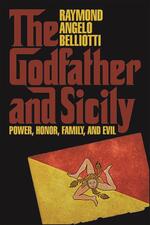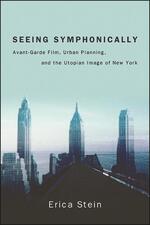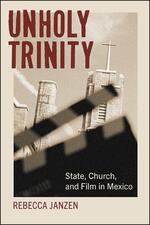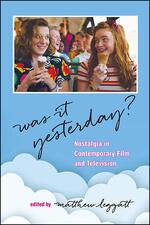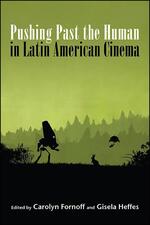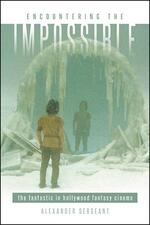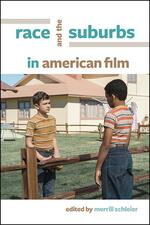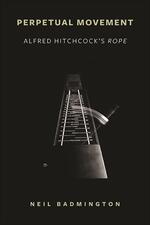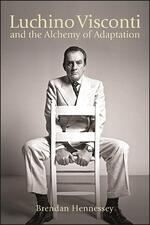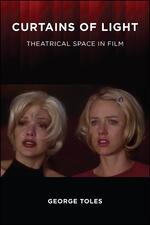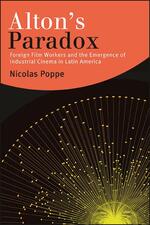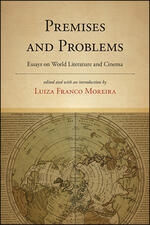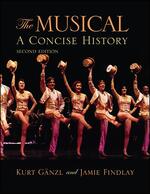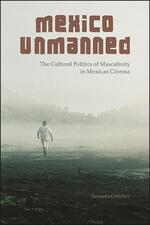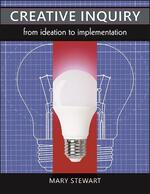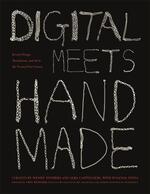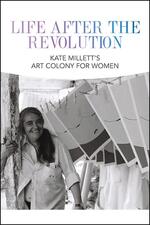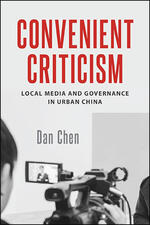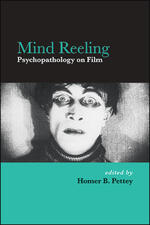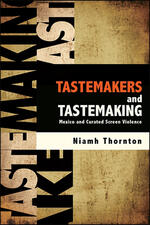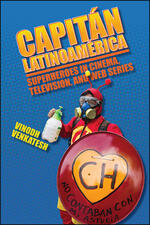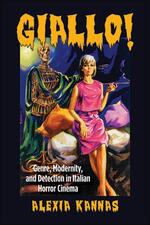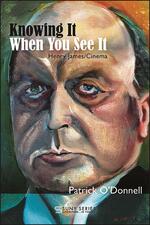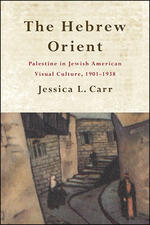Film, Visual Culture, and Performing Arts
The Godfather and Sicily
Offers a distinctive interpretation of The Godfather as a novel and film sequence.
Seeing Symphonically
Looks at how a group of aesthetically innovative independent films contested and imagined alternatives to urban planning in midcentury New York.
Unholy Trinity
Examines representations of religion in Mexican film from the Golden Age to the early twenty-first century.
Was It Yesterday?
Explores how nostalgia operates in contemporary US film and television.
Pushing Past the Human in Latin American Cinema
Sheds light on emergent Latin America cinema that addresses the politics of environmental destruction, the unevenness of climate change consequences, and new ways of visualizing the world beyond the human.
Encountering the Impossible
The first academic explanation for how spectators use their imaginations as part of the experience and appreciation of popular fantasy filmmaking.
Race and the Suburbs in American Film
Explores how suburban space and the body are racialized in American film.
Perpetual Movement
Offers both a production history and a close analysis, with a chapter for each of the film's eleven shots.
Luchino Visconti and the Alchemy of Adaptation
Examines the place of book-to-film adaptations by one of Italy's most famous postwar film directors.
Curtains of Light
Provides a new way of thinking about film's relation to theatre.
Alton's Paradox
Uses extensive archival research to explore the manifold contributions of foreign film workers to emerging film industries in Latin America from the 1930s to early 1940s.
Premises and Problems
Discusses world literature and cinema from the perspective of literary languages and film traditions that do not hold a hegemonic position.
Rock on Record
Rock on Record shows students how to listen to and enjoy the rich repertory of rock records made between the 1950s and 1980s.
The Musical, Second Edition
A complete introduction to musical theater from its roots in the eighteenth century through today, written by a master historian.
Mexico Unmanned
Demonstrates how transhistorical myths of masculinity are both perpetuated and challenged in recent Mexican cinema.
Creative Inquiry
Introduces both undergraduate students and general readers to the exploratory mindset and hands-on skills essential to the cultivation of creativity.
Digital Meets Handmade
Embraces the problems and solutions posed by the dynamic dance of digital technology with the traditions of craftsmanship and perceived value in jewelry.
Life after the Revolution
Shares the unique story of a Christmas tree farm in Poughkeepsie, New York, where, for over four decades, women artists boldly built a space where they could create community and art together.
Convenient Criticism
Explains why and how local critical reporting can exist in China despite the kinds of media control that are the hallmarks of authoritarian rule.
Mind Reeling
Across a variety of genres, shows how mental disorders are depicted in cinema.
Tastemakers and Tastemaking
Considers how and why taste persists in the analysis of Mexican film and television by looking at key figures and their impact on the curation of violence.
Capitán Latinoamérica
Analyzes contemporary superhero-themed cinema, television, and web series in Latin America.
Giallo!
Traces the giallo mystery/horror genre from its genesis in Italian cinema of the 1960s and 1970s to its contemporary place in the global cult-film canon.
Knowing It When You See It
Lively analysis of how Henry James's fiction anticipates later filmmakers' concerns with what we can see and what we can know.
The Hebrew Orient
Examines the role that images of Palestine played in the construction of prewar Jewish American identity.
